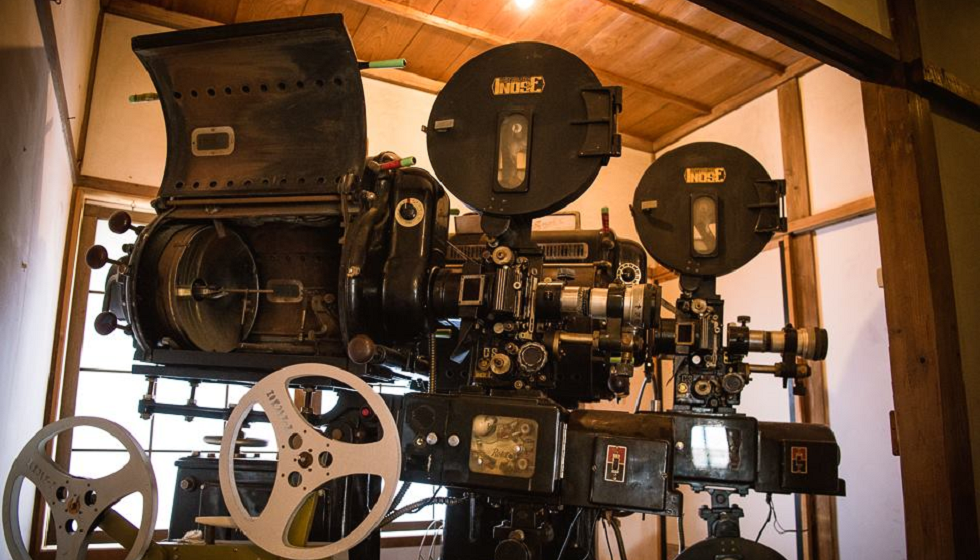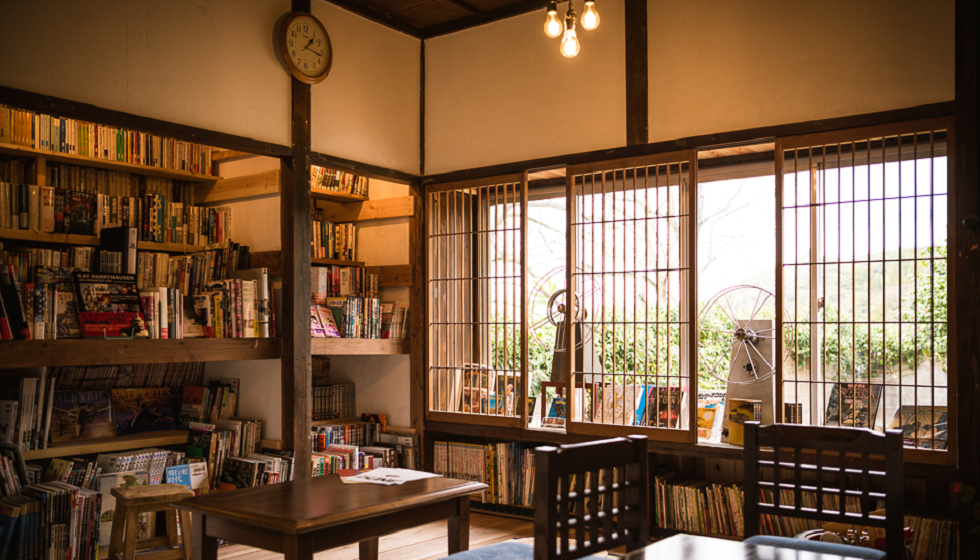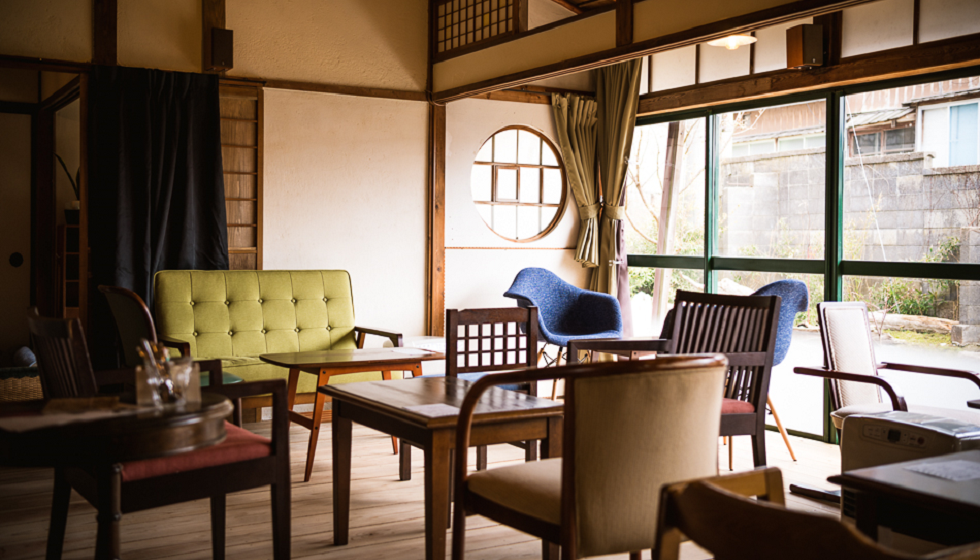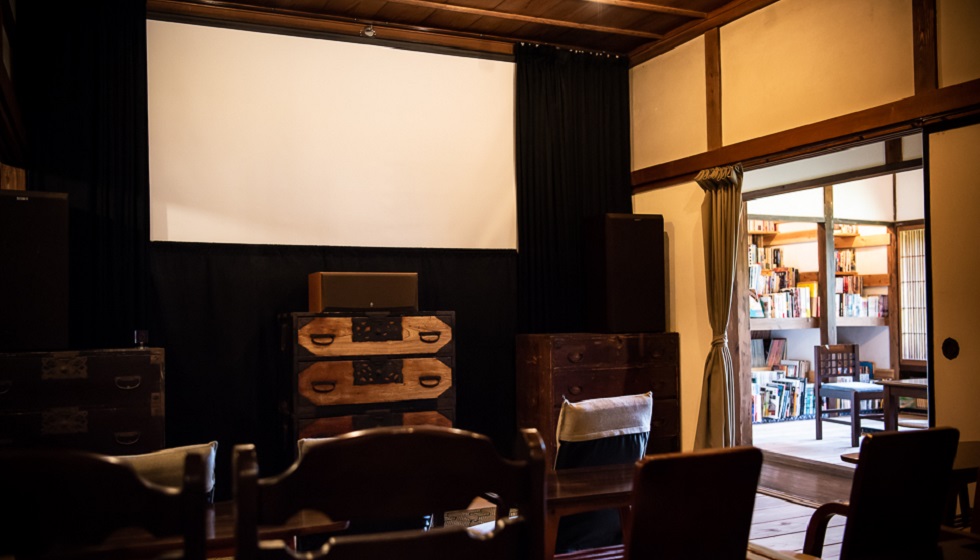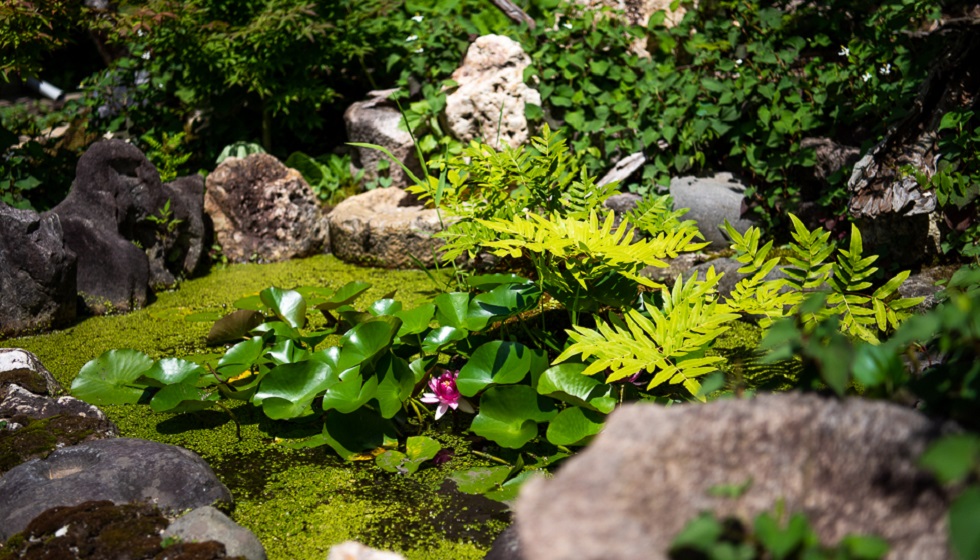- Gashima Cinema
Gashima Cinema
Facility Basic Information
- Address
- 11 Aikawa Kamikyomachi, Sado, Niigata 952-1522
- TEL
- 0259-67-7644
- Payment Methods
- Credit cards not accepted
- Internet
- Not Available
- General Accessibility
- Not Available
- Transport Access
- Ryotsu Port Approx 45 minutes by car
- Nearest bus stop
- Sado Hangamura (Nanaura Kaigansen Line) Approx. 10 minutes on foot from bus stop
- Note
-
twitter→https://twitter.com/gashimacinema Guests are welcome to have a drink while the movie is being shown, or enjoy a book over a cup of coffee.
- Opening Times
- 9:30~
- Closed
- Monday,Tuesday
- Hands-on Experience Prices
- Adults 1,200 JPY, High School Students and younger 600 JPY (free for preschool children) If the show is sold out, you may be refused entry.
Nearby Spots
-
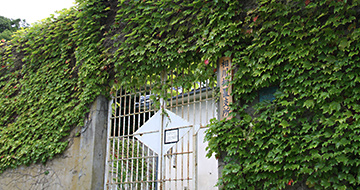 Heritage and Relics
Heritage and RelicsFormer Aikawa Detention Center
Up the hill on Kyomachi Street in Aikawa, you will see an ivy-covered three-metre high concrete wall. Former Aikawa Detention Center was opened as a branch of Niigata Prison in 1954, and was in use until 1972 when it was relocated in the Sawata area. Designated as Japan's Tangible Cultural Property, this is a wooden detention house still in existence, which is rarely found in Japan. Former Aikawa Detention Center is open to the public and free of charge, so you can take a look around.
-
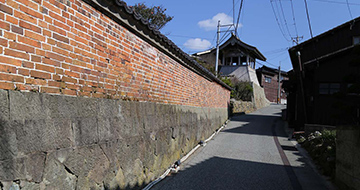 Townscape
TownscapeKyomachi Street
Kyomachi Street is a main street that connects Aikawa's gold and silver mines with the Sado Commissioner's Office. Kyomachi Street leads up the hill from Shimokyomachi, where the time bell tower is located, through Nakakyomachi to Kamikyomachi. In the past, many residences of both mine-related workers and merchants used to stand side-by-side on this street. The street itself, studded with narrow alleyways, is a reminder of the haphazard town planning that took place during Aikawa's time of prosperity. A symbolic event of Kyomachi Street, "Yoi-no-mai", is held in early June. Dancers, clad in kimonos of the past, dance to the Aikawa Ondo folk song and accompanying music.
-
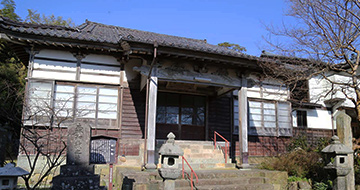 Shrines and Buddhist Temples Plants
Shrines and Buddhist Temples PlantsDaianji Temple
Daianji was established in 1606 by Nagayasu Okubo, the first Commissioner of Sado. A long, beautifully cobbled path leads up to the Sanmon gate, and the main hall features the temple crest of three leaves of hollyhock in a circle. The temple houses a memorial tower built by Nagayasu Okubo prior to his death, and a memorial tower for Hikozaemon Kawamura who was involved in the early-stage development of the Sado gold and silver mines. Both towers are National Historic Sites. This temple also holds the burial grounds for officials who served the Sado Commissioner's Office. A spectacular Machilus thunbergii (bay tree) grove, a Sado Natural Monument, stands behind the graveyard. Drastic urbanization due to the development of the mines significantly changed the landscape of the Aikawa area. Still, groves within the grounds of temples and shrines retain their native vegetation. Many plants such as the giant Machilus thunbergii, camellia and Euonymus japonicus (Japanese spindle) grow in the dense natural woodland of Daianji Temple.
Stores where you can eat and drink nearby
-
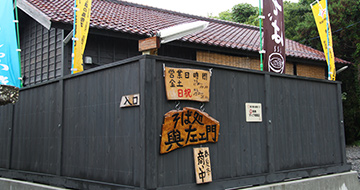 Italian Cuisine Casual Eatery Soba (buckwheat) and Udon Noodles
Italian Cuisine Casual Eatery Soba (buckwheat) and Udon NoodlesSoba Restaurant Yozaemon
This relaxing, tranquil restaurant was converted from the home of a mine captain on Aikawa's Kyomachi Street. Highlights include hand-kneaded soba noodles made from home-grown-and-ground buckwheat, soba croquettes, and soba shiruko (sweet red bean soup with soba dumplings). This restaurant is open on Saturdays, Sundays and national holidays only.
-
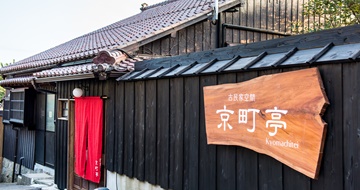 Tea House/Coffee Shop Italian Cuisine
Tea House/Coffee Shop Italian CuisineKyomachi-tei
Converted from an old Japanese-style house in the Aikawa area, this dining establishment offers a hotel-like atmosphere with a sense of Sado's long-standing traditions. Enjoy dishes highlighting Sado-sourced ingredients while taking in the stunning views of Aikawa. The outdoor terrace is a perfect spot to enjoy a warm and sunny day. This spot also offers a space for rent, so exhibitions and live entertainment are a common occurrence.
-
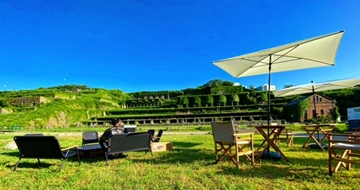 Tea House/Coffee Shop Steak and Burger steak
Tea House/Coffee Shop Steak and Burger steakKitazawa Terrace
Located in the Kitazawa Floating Ore Dressing Plant, a historic site, the restaurant offers a spectacular view of the ore dressing plant as well as the 50-meter thickener. The restaurant offers Western-style cuisine, mainly featuring Sado Island Kurobuta pork, which is raised by Ryokan Urashima. We also offer drinks only, including original drinks supervised by Ryokan Urashima.
-
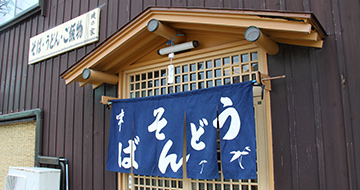 Casual Eatery Set menus/Rice bowls/Kamameshi(hot pot rice) Soba (buckwheat) and Udon Noodles Tempura/Deep-Fried Dishes
Casual Eatery Set menus/Rice bowls/Kamameshi(hot pot rice) Soba (buckwheat) and Udon Noodles Tempura/Deep-Fried DishesIsonoya
Udon and soba (buckwheat) noodles kneaded freshly in the morning everyday has maintained a great reputation. Isonoya offers an ample selection of noodles including noodles with curry, along with a choice of set meals and donburi (rice with toppings). Isonoya's Set Meal, their number 1 recommendation includes assorted tempura, salad, half-size rice, and a small portion of udon or soba noodles. Fresh tempura is popular for its deliciousness.
